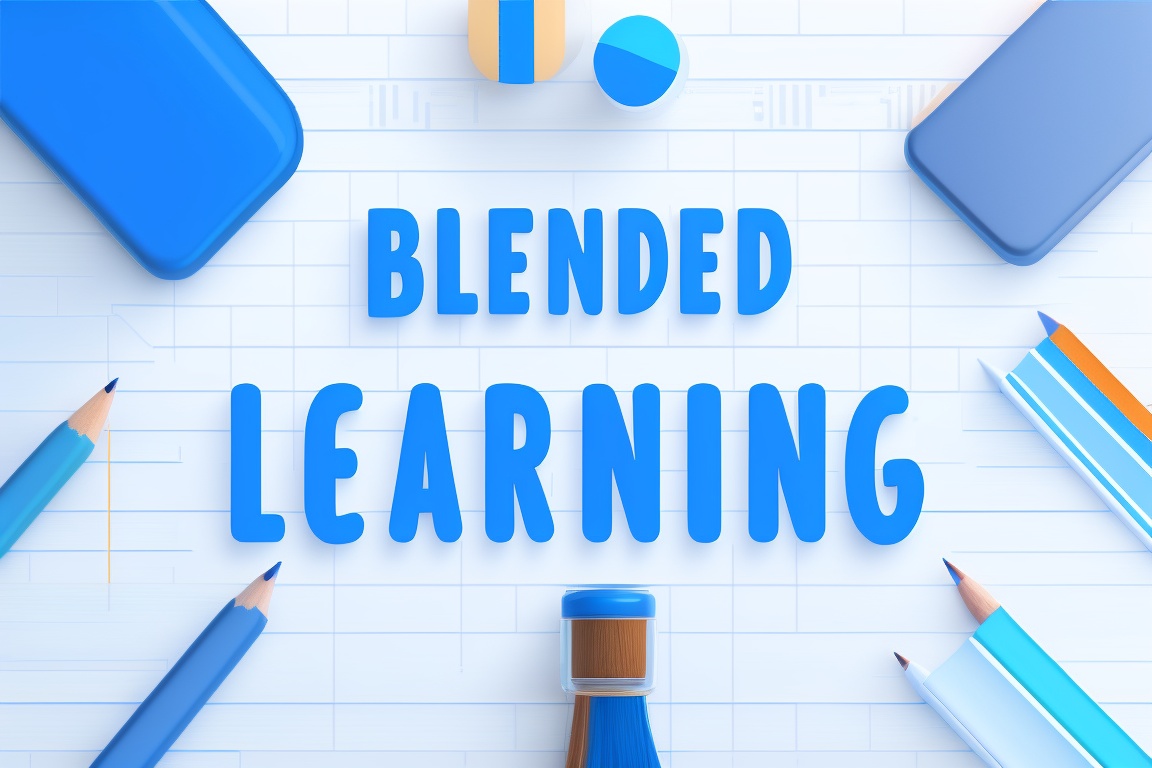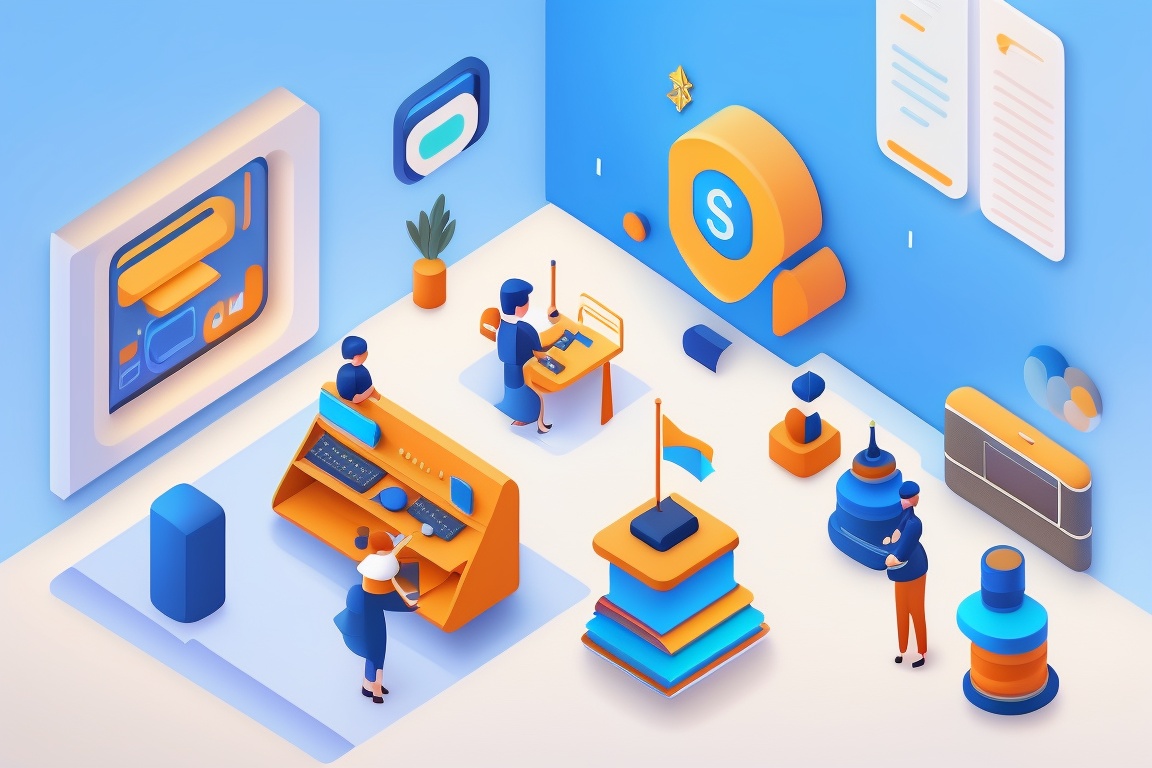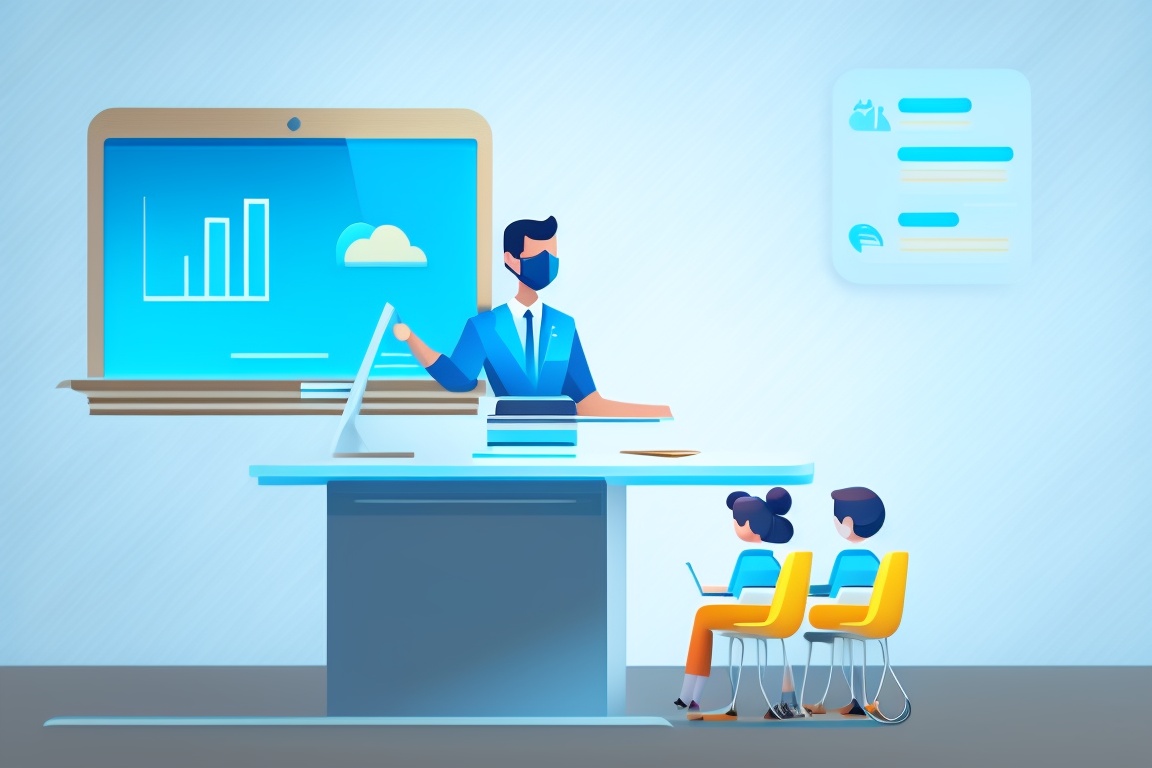Published July 30, 2022
Blended Learning - Benefits and Challenges
Dr. Hamna Labeeb
Content Editor
To make our learning population future-ready, an intelligent implementation of blended learning has become the rational solution. We defined and discussed the basic features of blended learning in our previous article. In this article, we shall explore the benefits and challenges of blended learning. Everything comes with its own set of challenges and naturally, when blended learning is explored, you would wonder about the disadvantages of blended learning as well.
Let’s weigh the advantages and disadvantages of blended learning and discuss the challenges this system poses against the benefits and whether they are real or assumed. If real, how would you manage it? If assumed, what are the alternatives or solutions to the possibility?
After all, wouldn’t the brain be more comfortable with a system that accepts and facilitates its natural cognitive processes rather than with a system that tries to crumple and pressure it into something it doesn’t want to be? Absolutely!
Let’s weigh the advantages and disadvantages of blended learning and discuss the challenges this system poses against the benefits and whether they are real or assumed. If real, how would you manage it? If assumed, what are the alternatives or solutions to the possibility?
Benefits of blended learning
Blended learning as a learning model is well-founded in cognitive science discoveries and has been studied for its effectiveness in various educational settings. It is only logical that when science-backed and natural, the learning process becomes more effective and efficient.
Here are the benefits of blended learning if employed correctly:
- It is student-centered. Teachers are unloaded of the responsibility of getting the students meet academic goals and pressure them to perform. Instead they just need to motivate, kindle their curiosity and imagination and guide them to unexplored pastures suitable for their learning.
- It enhances student participation and engagement in learning.
- It upgrades subject knowledge and applicability.
- It refines cognitive skills, improves retention and recall and significantly raises learning outcomes.
- It breeds commitment and perseverance in the pursuit of knowledge as it is propelled by passion and interest.
- It provides a high level of satisfaction in the learning process.
- It offers a flexible model of learning. The students can learn at their own pace, time and mastery.
- It is futuristic and makes the learners future-ready.
- It is cost efficient in the long run.
- It enhances the quality of teachers and students. It allows teachers to develop healthy collaborative and interactive relationships with their students. It helps students refine their social skills, improve their cognitive skills, enhance their creativity and promote their autonomy.
- It demands optimal utilization of resources of all kinds - human, technology, books and experimental labs.
- It facilitates immediate feedback and analysis of learning outcomes so that learning methods can be improvised on the go.
- It makes students self-organized and independent learners, not limited by predetermined syllabi. It nurtures curiosity and propels learning by being inspired by one’s own imagination.
- It promotes a democratic learning environment. It gives an equal voice to all students. Everyone gets an equal opportunity to learn according to their interests and curiosity.
- It makes learning accessible and convenient to everyone as blended learning makes it possible to engage in conceptual learning anytime, anywhere and do so at one’s own pace.
Disadvantages of blended learning
We will be fair and list out the challenges or possible disadvantages of blended learning as a learning model in this section. But it is obvious that it forms only one-third of the benefits of blended learning. However, let’s explore what these challenges or disadvantages are and find if they contribute to actual obstacles or not.
Management requirements and time
Blended learning poses some challenges in its managing requirements and time needed for carrying out blended learning processes. However, this is hardly a disadvantage as it points to a problem any systemic changes will face for a brief duration in the beginning of the journey. Once the educators, institutions and students get the hang of it (guess who will get the hang of it the fastest?!), blended learning will be the norm in a matter of days.Difficulties with using technology
Now this might be an actual problem when it comes to blended learning because blended learning employs cutting edge technology and tools developed to impart a rich learning experience that is far superior to traditional conceptual learning. But the world is moving forward and every other field has upgraded and continues to do so, but the educational field more or less clings to the traditional disciplinarian system with very slow technological introductions.The teacher’s skepticism
It is only natural to be worried about not being needed anymore. It’s a human emotion. Blended learning as a system because of how much it relies on technology to deliver the ultimate learning experience, has become a concern among the teachers. What will be the role of the teacher? Blended learning will not replace teachers, but teachers who know technology might replace teachers those who don’t.Lack of training
Systemic changes require specific training. Teachers undergo training every year with regard to changes in the syllabus and emerging teaching methods. For blended learning to be effective, both teachers and students need to get proper training in the learning methods, use of technological tools for learning and assessment.Employing discipline and order
When shifting from the traditional education system to a blended learning system, there is a major change in the framework. This demands more discipline and order for the smooth functioning of an institution or learning space. This discipline however doesn’t correspond to the discipline imposed in the disciplinarian system embedded in schools. Rather, it is a need for a systematic approach to facilitating learning, carrying out interactive activities and collaboration. A well-made plan is needed to keep this going in a sleek fashion since blended learning is rooted in individualization of the learning process.
After all, wouldn’t the brain be more comfortable with a system that accepts and facilitates its natural cognitive processes rather than with a system that tries to crumple and pressure it into something it doesn’t want to be? Absolutely!
Sign up for our Newsletter
Loading...



